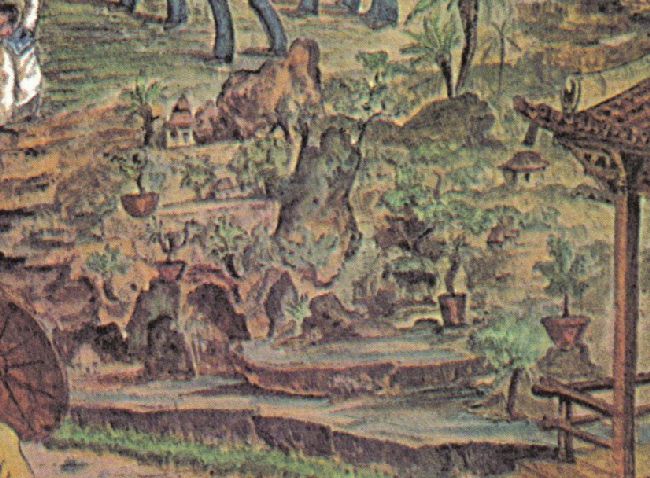|
NOTES
1
Trager, James The People's Chronology(New York: Henry Holt and Company; 1992, 1994), pp. 461,
464;
"1856 Narrative, Three Volume Set Original Narrative of the Expedition,"
http://www.baxleystamps.com/litho/ry_litho_narrative.shtml
;
Editors of American Heritage Commodore Perry in Japan
(NY: American Heritage Publishing Co., Inc.), pp. 54, 58, 61, 64, 83, 86-87, 92-92, 130, 132-133, 137, 139;
Heine biography translated from German Wikipedia entry,
http://de.wikipedia.org/wiki/Wilhelm_Heine;
For additional background, see "General Information The Perry Expedition Japan - Lew Chew (Ryukyus),"
http://www.baxleystamps.com/litho/ry_litho_main.shtml.
For some atmosphere of this time, see the 1958 John Huston film "The
Barbarian and the Geisha." Shot entirely in Japan, it stars John Wayne as Townsend Harris, Sam Jaffe
as his interpreter, and Eiko Ando as the geisha who, as a spy, reports on Harris' activities.
2
Perry, Commodore Matthew Calbraith
Narrative of the Expedition of an American Squadron to the
China Seas and Japan, Performed in the Years 1852, 1853, and 1854, under the Command
of Commodore M.C. Perry, United States Navy
(Washington, D.C.;1856), pg. 53.
Three volumes. Compiled by Francis L. Hawks. The Introduction
(to page 73) includes a detailed recap of the various Western nations'
dealings with the Japanese. A poor quality microfilm copy was searched
for this quote -- there could be others in this work and the numerous illustrations
were not reviewed for potential dwarf trees. The above quote is also
mostly reproduced in Long, Charles R. "An Informal History of Bonsai,"
Arnoldia,
1971, 31:268. It appears that most accounts from this time included mention of
Fischer.
3
Editors of American Heritage
Commodore Perry in Japan, illustration from pg. 59, text from pp. 58, 61, 63-64.
|
